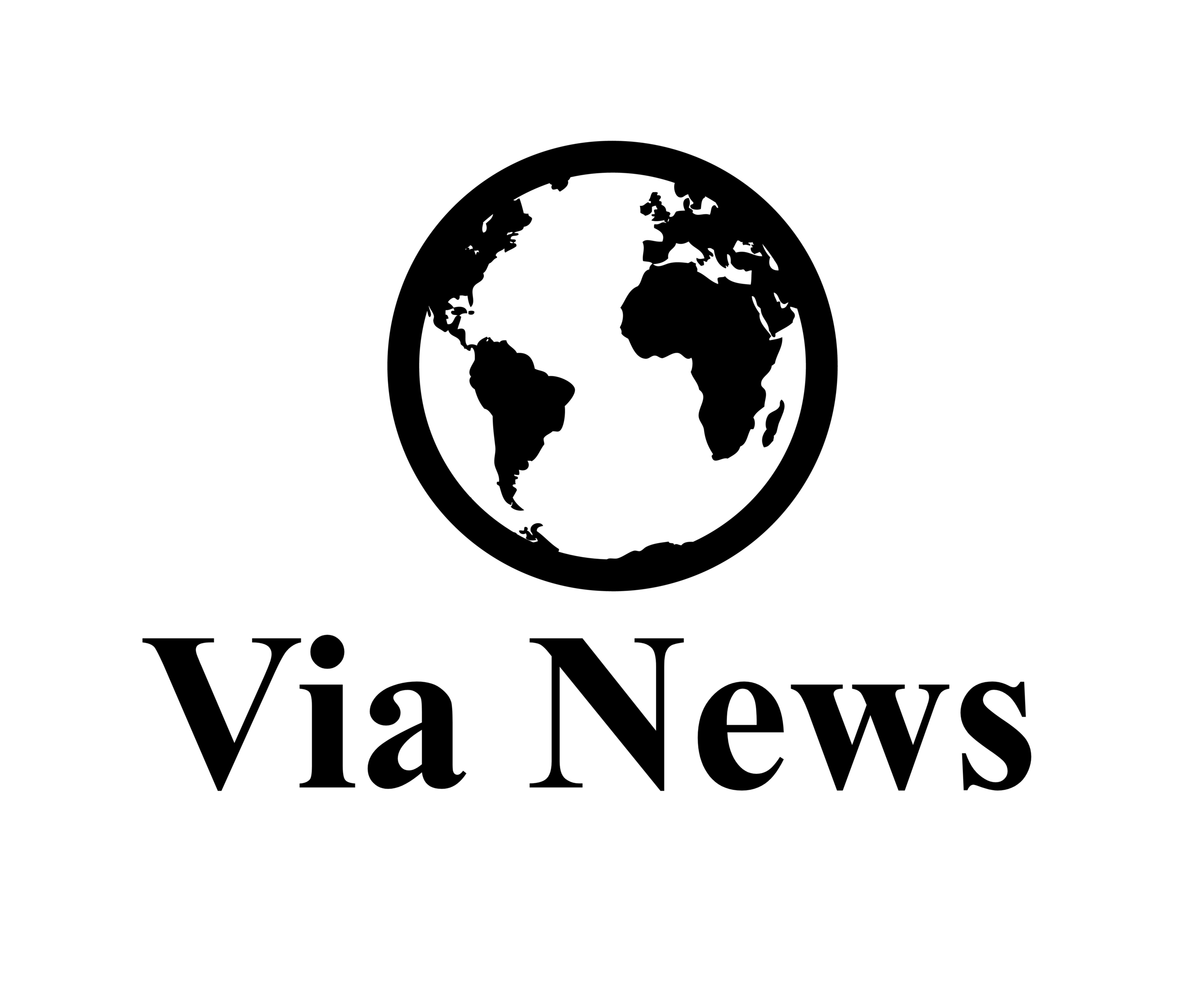For COVID-19, Leaders Must Meet Indigenous People Where They Are
Written By: Lucy Ruderman
French navy emergency practitioner Lt. Cmdr. Christophe Bombert uses a stethoscope to examine a Papua New Guinean child at the Wampar medical civic action project during Pacific Partnership 2011 in Lae, Papua New Guinea, May 23, 2011. Tech. Sgt. Tony Tolley, U.S. Air Force
Chapel Hill — Think about the last time you traveled internationally. Did you learn about a new culture? Did you try a new food? Did you enjoy beautiful art and artisanry? Likely, your experience was influenced by that country’s indigenous peoples— a population that is globally neglected and underrepresented in decision-making.
As the world prepares for mass COVID-19 vaccination, global leaders must look past vaccination as a means to open economies and recognize that the purpose of vaccination is to protect, including protecting those most vulnerable.
Historic marginalization due to colonization and exploitation has pushed indigenous groups to the fringe and left them with few resources to combat COVID-19. The COVID-19 death rate among Brazil’s indigenous peoples is 250% higher than Brazil’s general population; U.S. Native Americans are 3.5 times as likely to be diagnosed with COVID-19 than non-Hispanic whites.
For many indigenous groups, COVID-19 is the culmination of generations of structural inequities that may just edge smaller tribes towards extinction. Indigenous communities in Ecuador, the U.S., Australia, and elsewhere have taken it upon themselves to isolate their communities entirely or take refuge in the wilderness out of fear of the virus and extinction of their people.
Language is critical to combatting this fear. 6,700 languages are spoken around the world and only 1/3 of the world’s population are native speakers of the 12 most common languages. While English is a national language in 35 formerly-colonized countries, only a minority of their citizens are native English speakers. Papua New Guinea (PNG) is the world’s most linguistically diverse country with over 850 currently-spoken languages.
While Tok Pisin, one of four national languages, is widely spoken, it does not have full coverage and is often not one’s first language. I was lucky enough to live in PNG and asked a friend about the implications of linguistic diversity on the nation’s COVID-19 response.
Her brother, a leader in Simbu Province— a hard-to-reach area in the mountains, told me that people understand what COVID-19 is doing to society but do not fully understand the precautions because official information is disseminated in English and Tok Pisin. People may realize the importance of vaccination but will not accept a COVID-19 vaccine because rhetoric that is accessible is based on fear and non-scientific information.
Vaccine hesitancy is not unique to rural and indigenous groups and is particularly pertinent as we stand at the brink of a breakthrough. A recent study from Nature Medicine surveyed 13,426 people in 19 countries to understand potential COVID-19 vaccine acceptance and found that 3 in 10 people are either hesitant towards or would outright refuse a COVID-19 vaccine. Since 92-95% of a population must be vaccinated to achieve vaccine-based herd immunity for highly infectious diseases such as COVID-19, these figures present a clear hurdle.
So how do we combat vaccine hesitancy, prevent further spread of the virus and misinformation, protect vulnerable peoples and cultures, and open borders all at once? Meet people where they are.
Donor agencies and national governments need to target community champions to disseminate factually accurate and linguistically accessible COVID-19 and vaccination information, in a way that all people understand. The world has never executed mass vaccination, with such urgency. If we do not make this happen efficiently, the time, money, and effort that has been invested to this point will be for naught.
We cannot merely stick to the traditional playbook and rely on national languages for official communications; those responsible for vaccine roll-out, such as the World Health Organization, must engage local leaders to meet the information and communications needs of indigenous communities.
This is not a new concept. Many local organizations already mobilize and maximize existing local capacity; however, these groups are typically underfunded, with comparably small footprints.
Brazil’s Wayuri Network is using the radio to broadcast urgent information in locally spoken languages, creating pictorial manuals that bypass written language altogether, and engaging local leaders as champions of linguistically approachable information. The Indigenous Peoples of Africa Coordinating Committee (IPACC) is mobilizing indigenous leaders to provide preventative healthcare and communications in local languages.
Wayuri Network and IPACC are not alone— community leaders and grassroots organizations across the globe are going the last mile and taking up this critical lifesaving work. But under-resourced organizations cannot take on this responsibility alone, particularly as a simultaneous COVID-19 vaccine roll-out and communications battle is on the horizon. For maximum COVID-19 vaccine uptake— allowing the true reopening that the world craves— donor agencies must direct funding and support to groups that are ensuring indigenous peoples are not left behind.
Lucy Ruderman is a Masters in Public Health candidate at the University of North Carolina Chapel Hill. She has worked in health behavior in Ghana, Botswana, and Papua New Guinea.

